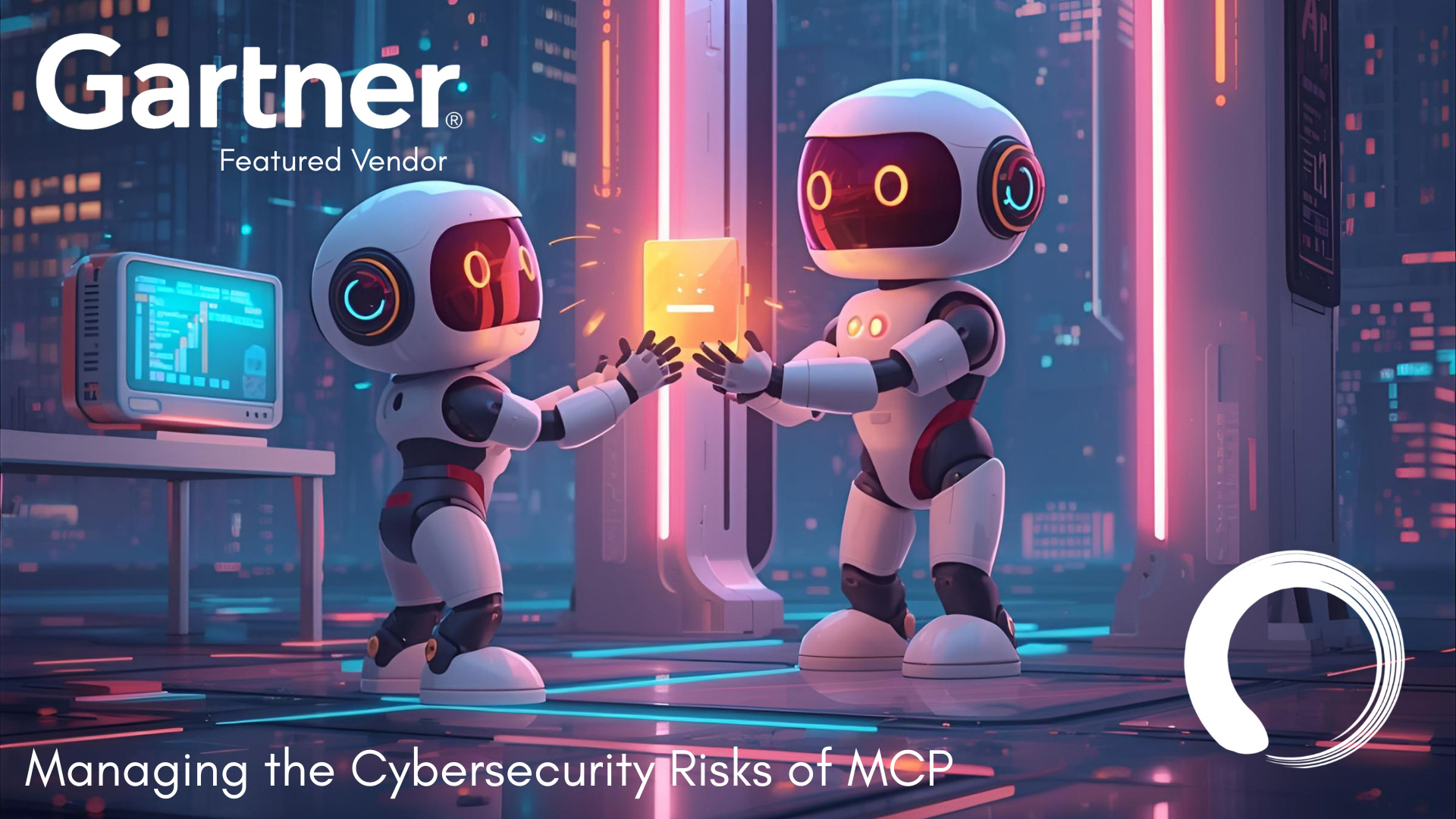A Stampede of Dinosaurs: How are API dependencies still such a problem?

Evaluate your spending
Imperdiet faucibus ornare quis mus lorem a amet. Pulvinar diam lacinia diam semper ac dignissim tellus dolor purus in nibh pellentesque. Nisl luctus amet in ut ultricies orci faucibus sed euismod suspendisse cum eu massa. Facilisis suspendisse at morbi ut faucibus eget lacus quam nulla vel vestibulum sit vehicula. Nisi nullam sit viverra vitae. Sed consequat semper leo enim nunc.
- Lorem ipsum dolor sit amet consectetur lacus scelerisque sem arcu
- Mauris aliquet faucibus iaculis dui vitae ullamco
- Posuere enim mi pharetra neque proin dic elementum purus
- Eget at suscipit et diam cum. Mi egestas curabitur diam elit
Lower energy costs
Lacus sit dui posuere bibendum aliquet tempus. Amet pellentesque augue non lacus. Arcu tempor lectus elit ullamcorper nunc. Proin euismod ac pellentesque nec id convallis pellentesque semper. Convallis curabitur quam scelerisque cursus pharetra. Nam duis sagittis interdum odio nulla interdum aliquam at. Et varius tempor risus facilisi auctor malesuada diam. Sit viverra enim maecenas mi. Id augue non proin lectus consectetur odio consequat id vestibulum. Ipsum amet neque id augue cras auctor velit eget. Quisque scelerisque sit elit iaculis a.

Have a plan for retirement
Amet pellentesque augue non lacus. Arcu tempor lectus elit ullamcorper nunc. Proin euismod ac pellentesque nec id convallis pellentesque semper. Convallis curabitur quam scelerisque cursus pharetra. Nam duis sagittis interdum odio nulla interdum aliquam at. Et varius tempor risus facilisi auctor malesuada diam. Sit viverra enim maecenas mi. Id augue non proin lectus consectetur odio consequat id vestibulum. Ipsum amet neque id augue cras auctor velit eget.
Plan vacations and meals ahead of time
Massa dui enim fermentum nunc purus viverra suspendisse risus tincidunt pulvinar a aliquam pharetra habitasse ullamcorper sed et egestas imperdiet nisi ultrices eget id. Mi non sed dictumst elementum varius lacus scelerisque et pellentesque at enim et leo. Tortor etiam amet tellus aliquet nunc eros ultrices nunc a ipsum orci integer ipsum a mus. Orci est tellus diam nec faucibus. Sociis pellentesque velit eget convallis pretium morbi vel.
- Lorem ipsum dolor sit amet consectetur vel mi porttitor elementum
- Mauris aliquet faucibus iaculis dui vitae ullamco
- Posuere enim mi pharetra neque proin dic interdum id risus laoreet
- Amet blandit at sit id malesuada ut arcu molestie morbi
Sign up for reward programs
Eget aliquam vivamus congue nam quam dui in. Condimentum proin eu urna eget pellentesque tortor. Gravida pellentesque dignissim nisi mollis magna venenatis adipiscing natoque urna tincidunt eleifend id. Sociis arcu viverra velit ut quam libero ultricies facilisis duis. Montes suscipit ut suscipit quam erat nunc mauris nunc enim. Vel et morbi ornare ullamcorper imperdiet.
A little over a decade ago I learned what an API was. In today’s world of programmatic ads, data mining, and AI-powered ad targeting systems such technical awareness is a default expectation, but in 2010 it was unique enough to get me labeled as the “mathy marketer” by the head of brand marketing at the large e-commerce retailer where I was heading up digital growth.
Compliment? Insult? Perhaps a bit of both? It didn’t really matter. Our API engineering was the bread and butter that fed the company’s coffers, and everybody knew it. When we exceeded our Google API quota or the API-dependent shopping cart went down everybody felt it, even the marketers, as we got paged in the middle of the night along with the engineers we depended on to keep our revenue cycle flowing nonstop. The ensuing hours of nail-biting as we watched the revenue targets drain in increments upwards of $10k would be very familiar today to teams across industries who are scrambling to troubleshoot outages triggered by cascading dependencies owned by other teams (or even other companies). And the real question I ask myself now that it’s 2022 is: why?
Why, in 2022 are the issues and problematic systems that we were struggling with in 2010 still keeping engineers up at night? Why are these issues even more prevalent across more industries than they were back then? Back then, we were still in an era when a conversation about SQL at the marketing team meeting was likely to veer towards whether Hollywood should stop making new sequels to Jurassic Park now that even Jeff Goldblum was finding it clichéd. Now, the culture of marketing has swung so far to the technical side that many marketers can debate the merits of SQL v. Hadoop, and yet our sources of potential failure, including our dependencies on third party APIs, are greater than they’ve ever been. Therein, IMHO, lies the problem.
While building an in-house API ad system in 2010 was revolutionary, the reasoning and the rewards were the same then as they are today. APIs and other modern technologies enable a scale of growth simply unachievable without some level of automation, and the companies who can build faster and better have a competitive advantage that is pivotal for success. In the case of digital marketing, billions of keywords can be managed in real-time based on complex rulesets that maximize ROI and revenue in a way that is simply impossible if an individual marketer is sitting at their desk with the Google Ads interface open, poking at some bids before they head out for lunch. APIs enable marketing to function at a level of customization necessary to address the complexity of users and platforms today - a level totally unimagined twenty years ago when ads were often being bought based on Nielsen ratings and blasted to huge audiences with the hope that something might stick. Expectations and OKRs today don’t mesh with the old “throw it at the wall” style. ROI is judged harshly and channels are shut down at the drop of a hat, and so the only way to succeed is to rely on the sophistication that digital marketing technology enables, almost all of which leverages APIs in one way or another.
APIs and other modern technologies enable a scale of growth simply unachievable without some level of automation, and the companies who can build faster and better have a competitive advantage that is pivotal for success.
So, acknowledging why we are putting up with technology that causes major headaches in the middle of the night when something goes wrong, I will return to the greater question of why the lived experience of teams working with these systems hasn’t improved in the twelve years that technology has leapt forward. Simply put: the pace of change as companies and teams move cloud-native has reached escape velocity. The flood of data and snowballing complexity of these technologies is moving faster than marketers or software engineers (or human brains) can catch up. The movement towards stacks and products that are built on daisy-chained API dependencies has left major blindspots that still leave teams across companies biting their nails in the dark when something goes wrong. While engineers are frantically passing the hot potato, searching desperately for the real owner of a cascading fire that has spread so quickly that the source can’t even be easily pinpointed amongst the burning embers, people across departments are waiting helplessly to deal with the fallout. Marketers are rushing to shut down ad spend and limit impact on ROI, sales reps are bracing to explain issues and missed SLAs to angry customers, and CEOs are cracking their knuckles as they poise themselves to explain the failures to whomever is left in the chain of important apologies.
While the experience of API blindspots causing outages is relatable to many, let’s take the idea a step further to the security implications. However annoying it is to be stuck in a broken shopping cart on Zappos (or to be managing that revenue loss as the marketer or engineer responsible for closing that sale), the consequences of data breaches caused by this same exploding API landscape are that much worse.
While an outage’s impact is primarily an in-the-now business problem, data breaches often take days, weeks or months to identify. When a nefarious entity uses poorly managed API connections to enter a cloud-native stack and steal unsecured personal data, it isn’t just the users who are actively shopping in the moment who are impacted, it is *anyone* who has made a transaction within the time period covered in the compromised data stores. Suddenly, those silly sneakers you impulse purchased 6 months ago have led to a stolen credit card, phone numbers, addresses, and more. Who hasn’t received a notice of a data breach with their personal data compromised in the last two years? The amount of data retailers and mortgage brokers and all sorts of other online entities hold on us as individuals is already scary, especially when that data is matched in the backend with other personal data sources such as social or dating profiles, purchase histories, and more (a common tactic now for marketing personalization), but how much scarier is it when we think about how insecure that data is? And when we realize how many thieves can steal it through an insecure 3rd party API call, trillions of which (or possibly more) are happening every day on the planet.
That is why I’m so excited about the approach that Operant is taking to secure applications in real-time, dynamically enforcing identity and access controls at every single API endpoint, service-to-service interaction and more. Instant visibility into attack vectors via open APIs both within the native environment and with 3rd parties gives security teams the ability to spot dangerous “open doors” and push security policies across the entire environment with the touch of a button, without standing in the way of development speed so that the risk of data breaches and attacks is massively reduced and the human impact of nefarious actors is far less catastrophic.
And in today’s world, we could all use fewer catastrophes, right?



3%20%3D(Art)Kubed%20(16%20x%209%20in)%20(7)-p-1080.avif)




.png)
.png)
